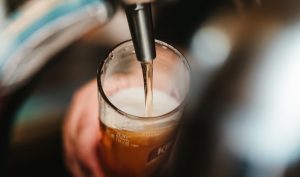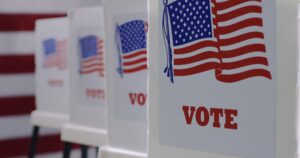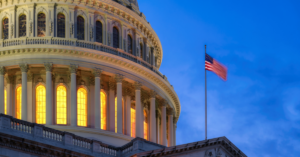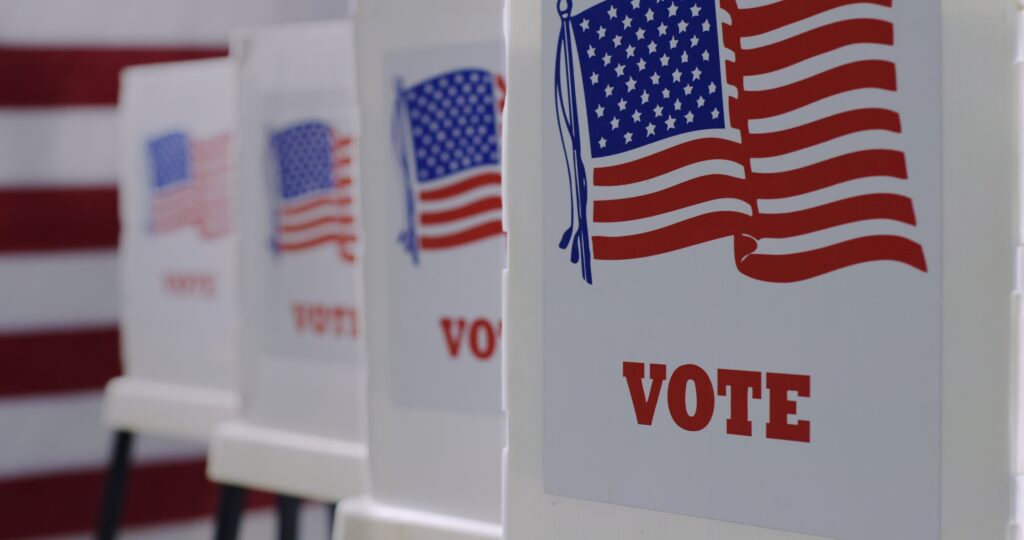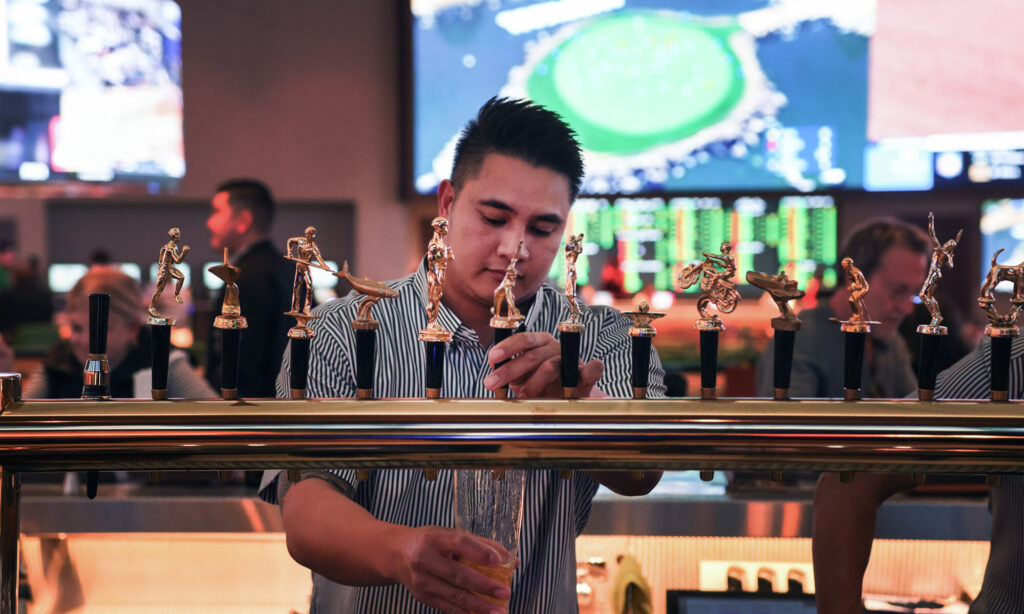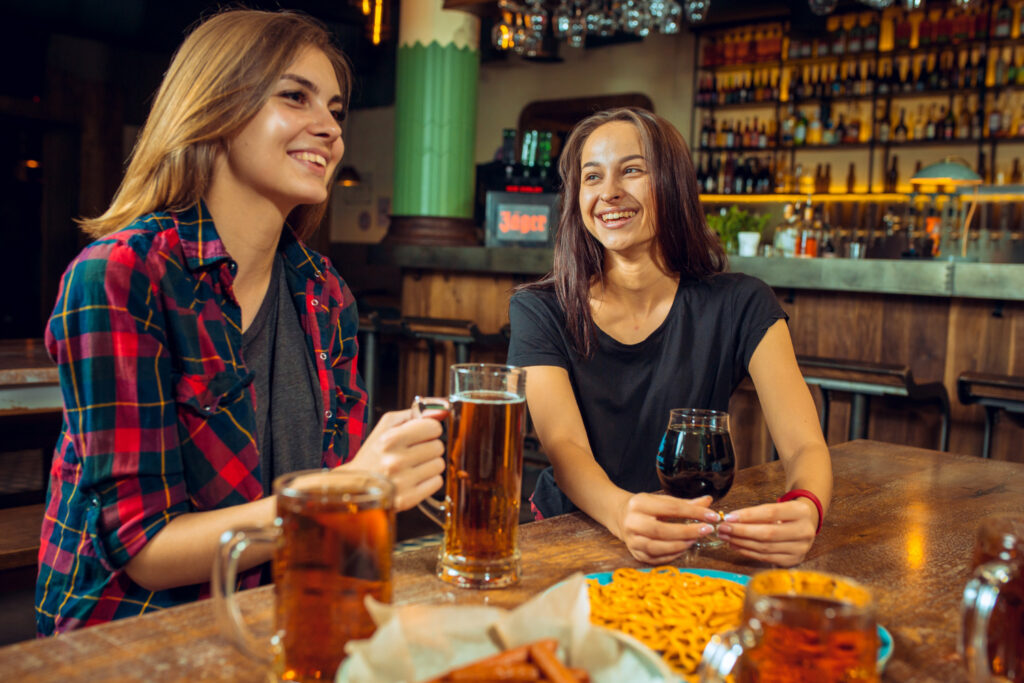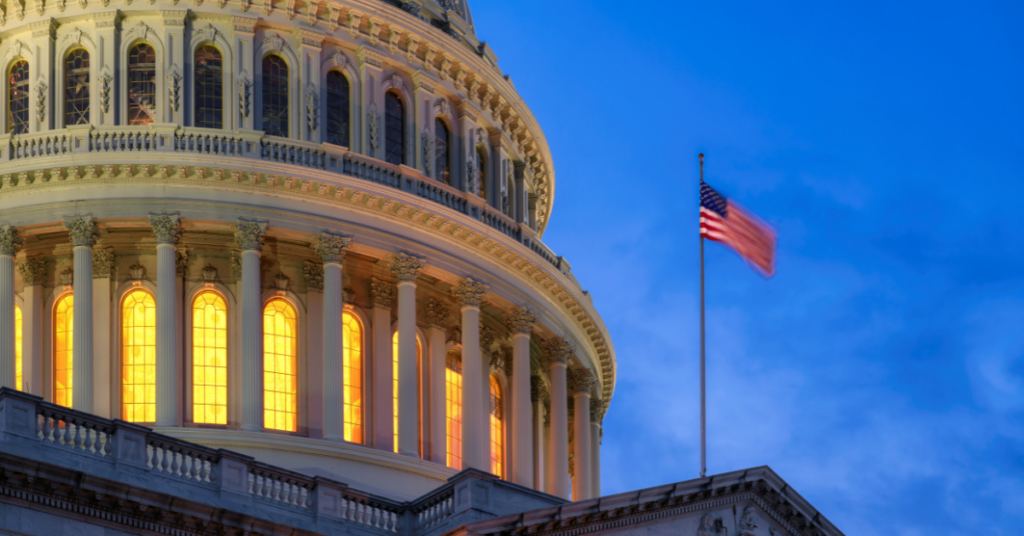How Beer Redefined Dry January
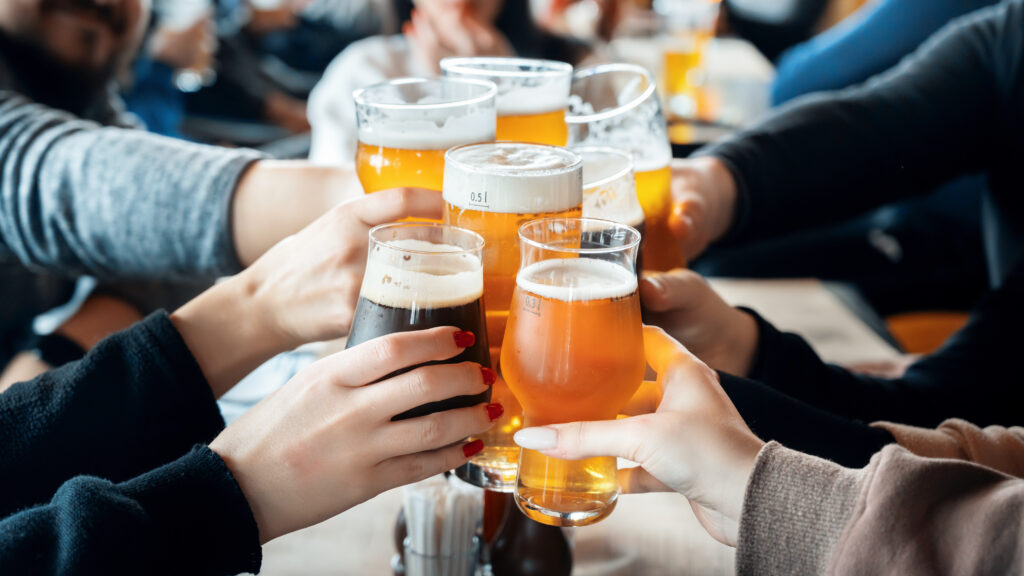
by Brian Crawford
CEO
The end of January marks more than new beginnings and just turning the page on the calendar; it also signifies the end of “Dry January” for those who chose to participate. This year, a quarter of Americans participated in Dry January, a month-long pause or reduction in alcohol consumption.
After a lengthy holiday season filled with friends, family, and celebratory drinks, some see January as an opportunity to hit the reset button. Others may want to scale back alcohol consumption without fully committing to abstinence; instead, they may pursue a “Dry-ish or Misty January” as a thoughtful middle ground. This approach encourages reduced drinking rather than complete avoidance, making it an adaptable, sustainable model for long-term goals.
Indeed, the beer industry has made significant strides to ensure that everyone can meet their personal goals throughout the year.
Beer, with its naturally lower alcohol by volume (ABV) compared to hard liquor, is an excellent choice for those pursuing a lifestyle more focused on moderate consumption. Substituting a beer for a cocktail—or a non-alcohol (NA) beer for its traditional counterpart—allows consumers to continue participating in social occasions and patronizing their favorite local businesses.
Dry January can present a challenge for establishments that rely on social gatherings to drive sales. Bars, restaurants, breweries, and event venues see dips in revenue that compile on post-holiday slowdowns. Many hospitality sector employees rely on tips to make a living, and it is vital that they are not lost in the shuffle.
Thanks to the beer industry’s commitment to innovation, non-alcohol options are more abundant, available, and diverse than ever before. Instead of staying home, consumers can explore the vast array of NA beer options—allowing them to pursue their personal goals while simultaneously supporting their local economies.
The rise of the NA beer market has been remarkable, both as a response to shifting consumer preferences and as a testament to beer’s ingenuity. Unlike sugary mocktails or juice blends that produce unearthly neon colors, NA beer is crafted with the same care, core ingredients of hops, barley, yeast and water, and authentic brewing process as traditional beer. The only difference? The alcohol is removed. This makes NA beer a natural choice for social settings, where enjoying a brew with friends is often more about connection than consumption.
A cornerstone of an inclusive and communal drinking experience, beer already holds a unique place in social culture. It can be savored slowly, complements meals, or simply served as a shared gesture among friends and family. NA beer is a seamless alternative for those who wish to maintain that ritual during Dry January.
It’s no surprise that beer dominates the non-alcohol beverage market, accounting for over 84% of NA sales and generating over nearly $700 million? dollars annually in the U.S. alone, according to Nielsen IQ. The sector is projected to grow to over $23 billion globally by the end of 2025, demonstrating its widespread appeal and accessibility.
The growth of the NA beer market is a testament to the industry’s commitment to fostering a culture of responsible consumption year-round. By prioritizing moderation over extremes, the beer industry seeks to empower individuals to develop healthier habits while continuing to enjoy a social lifestyle.
By embracing innovation and adhering to consumer demand, brewers are at the forefront of creating new options that allow people to enjoy the experience of beer, with or without alcohol. Whether it’s a casual get-together or a larger celebration, the industry’s innovation is redefining what it means to “have a drink.”
In this new year, there’s no need to choose between personal well-being and communal connection. Dry January may be over, but the time for responsible alcohol consumption is not. By embracing the diversity of beer—whether traditional or NA—consumers can feel confident they have the tools they need to achieve their moderation and lifestyle goals year-round.
